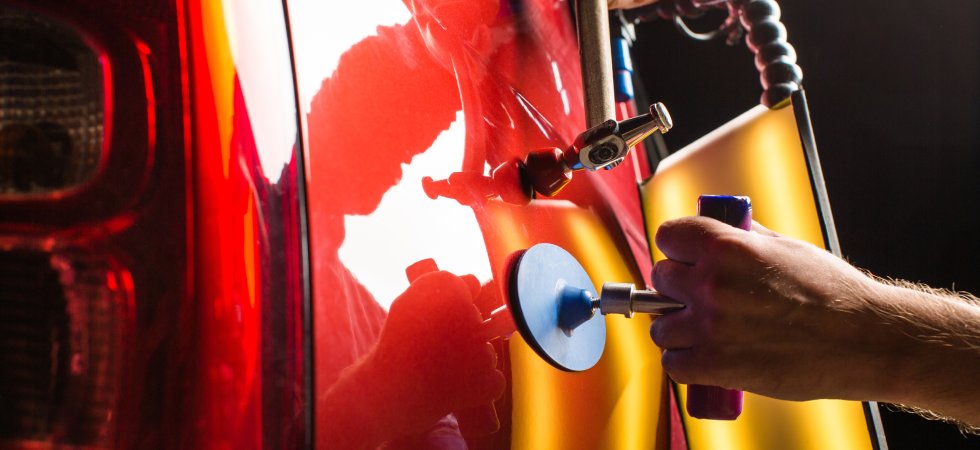DIY Bodywork: 5 Fixes You Can Do at Home
Taking control of minor car repairs saves money and builds your confidence. Did you know that you can restore your car’s appearance without professional help? With the right tools and a little time, you can handle common bodywork issues yourself.
Fixing Small Dents
Your car might accumulate small dents in parking lots or on the road, and they require simple methods to fix. One DIY bodywork fix you can do at home is using a plunger to pull mild dents back into place. For big or deep dents, combine a hairdryer and compressed air to rework the metal surface.
Dent-removal kits include specialized tools, such as rods or suction cups, to manipulate the damaged area. If a dent affects painted surfaces, inspect carefully to avoid further damage during the process.
Scratch Repair
Surfaced scratches might lower your car’s value, but they’re easy to fix. Using scratch-removal compounds to polish out minor abrasions is one of many DIY automobile bodywork you can do at home. Kits for scratch repair guide you step-by-step through cleaning, applying polishing compounds, and buffing.
Deep scratches require additional steps to protect the metal surface from oxygen exposure. Purchase touch-up paint matching your car’s color to repair the damage and prevent rust. Although DIY versus professional paint correction differ in many ways, such as offering high-quality results, a motivated DIYer such as yourself can certainly handle small scratches!
Buffing Out Cloudy Headlights
Cloudy headlights make night driving difficult and lower your car’s aesthetic appeal. Restoring visibility does not require expert skills; you just need a few supplies. Start by cleaning the headlight lens with water and soap, then sand the surface with fine-grit sandpaper.
Apply a polishing compound, and rub it in until the haze disappears. Once the lens looks clear, apply a UV sealant to protect it from future sun damage. This keeps the lens clear and functional for a long time.
Filling Small Cracks in Plastic Panels
Cracks in plastic panels reduce your car’s visual appeal and compromise its function in some cases. Clean the damaged area thoroughly before applying adhesive or filler for auto plastic. Sand the damaged spot lightly to help the adhesive bond correctly.
After the material sets, sand it again to refine the shape and match it to the surrounding surface. Cover the repair with primer, followed by touch-up paint that matches the vehicle’s paint job to create a seamless finish that holds up.
Patching Small Rust Spots
Rust often starts small but can spread rapidly if ignored. Begin by removing the rust with sandpaper or a rust converter. After the surface looks clean, apply a metal primer to keep new rust from forming.
Touch up the area with matching automotive paint to restore the car’s appearance. Use several thin coats of paint rather than one thick layer for better results. Early action on rust saves you money later and preserves the car’s structural integrity over time.
Taking on small body repairs yourself offers satisfaction, keeps your car in great shape, and prevents minor imperfections from worsening.

